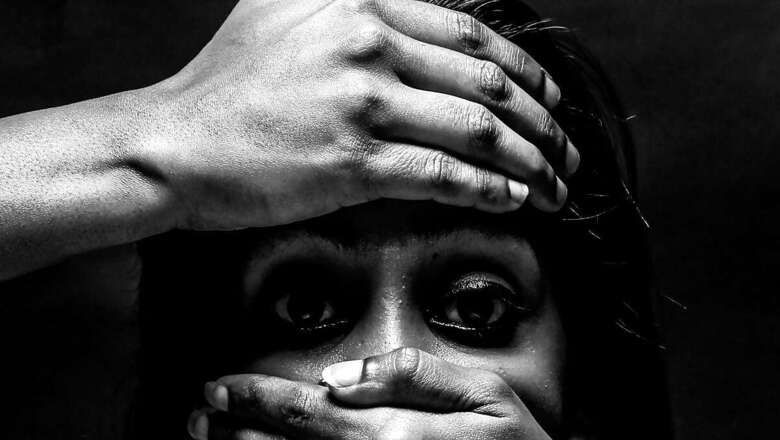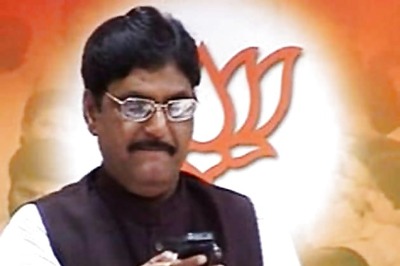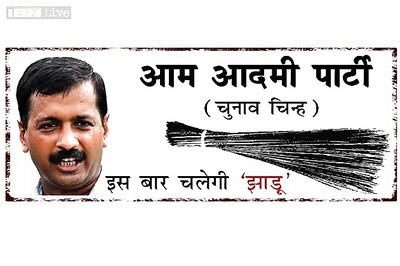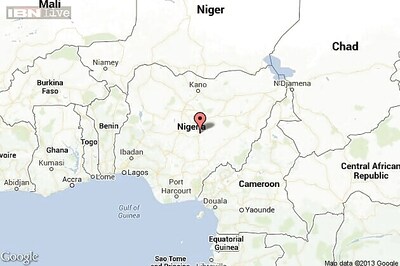
views
In the popular imagination, the tides of gender justice are turning. We are moving towards a more equal society. There are now significant strides in increasing awareness about women’s rights and gender equality. All of this holds true. However, there is a serious challenge of growth of the dominant discourse of violence against women as universal. This leads to failure of creating a more nuanced understanding of the intersectional factors that contribute towards the diversity of experiences of violence faced by women. As the world celebrates International Women’s Day, it becomes imperative to observe if we are actually heading in a direction to create a just and safe world for all women, irrespective of their caste, creed, race, class or religion.
The recent judgement by the UP court of acquitting the accused in the Hathras rape case of 2020 tells us a narrative that is often given a blind eye. The “alleged” gangrape and murder of a 19-year-old Dalit girl had caused a massive public outcry in 2020. Two and a half years later, the court acquitted three of the four accused, citing lack of evidence and failure to prove the chances of rape. Given that the court has ruled out the possibility of rape in this case, the victim’s death is now termed as accidental. There have been arguments around mishandling, delay of evidence from the police’s side. However, the question shouldn’t be only of administrative neglect but also the ignorance of the perspective of intersectionality of caste and gender-based discrimination here. As much as one may slam for bringing a caste angle into a gender issue, this is as true and real as it can get. Dalit women in India face triple the burden and are at the crossroads of gender, class, and caste.
There has been growing evidence of the interconnection of violence against women and caste in India. As per the National Crime Records Bureau (NCRB) data of 2019, 10 Dalit women and minor girls are raped in India every day. The outcome of the Hathras rape case is not a unique one. Neglect from police departments, biasedness from the judiciary and uprisings of pressure from upper-caste communities is often seen in cases involving sexual violence against Dalit women. Data from numerous studies indicate that in the majority of states, fewer than 60 percent of incidents involving victims from the Scheduled Castes result in police chargesheets. In addition, convictions in most states only occurred in 40 percent of these court proceedings. For the past four years, India’s rate of total rape growth has decreased. On the other hand, there has been a noticeable rise in the number of rapes involving victims from Scheduled Castes. In a country as diverse as India, one simply cannot universalise the experiences and struggles of all women.
Over the past many years, there has been a dominant narrative of universal womanhood which often fails to recognise the multiple identities and experiences of women. The persistent attempt of downplaying links between sexual violence and the hierarchies of caste, not only by government officials but often by mainstream media as well, speaks volumes about how the Hindu caste system and sexism interact in contemporary Indian politics and culture. This has led to continuation of normalisation of caste-based sexual violence against Dalit women. The invisibilization of the identity of both the survivor/victim and perpetrator(s) in cases of sexual violence against Dalit women continues to hold the supremacy of Brahminical patriarchy in the country.
Undoubtedly, there has been a growing recognition of the specific experiences of Dalit women in the discourse on violence against women. However, there is still a long way to go in addressing the structural violence and discrimination faced by them. It is unfortunate but true that many Dalit women are not aware of their legal rights in cases of rape. Their ignorance is exploited by their opponents (which, in most cases, are upper caste men), by the police, and, in some cases even by the judiciary. This lack of awareness often leaves them vulnerable to further victimisation and makes it more difficult for them to seek justice.
The story from Hathras is not same as Nirbahya’s. While both crimes deserve legal punishment and show the reality of the atrocities on women, they sadly do not have the same ending. Dalit women are often forced to fight their own fights, dealing with legal, political, and societal pressure all at once. There is a need to recognise Dalit women as a distinct social group because it has its own set of challenges. Emphasis needs to be laid upon sensitising people and making them aware of structural discrimination. Legal justice will not see the light of the day until social justice is made available. These women need it and they need it now.
Mahek Nankani is Assistant Programme Manager, The Takshashila Institution. The views expressed in this article are those of the author and do not represent the stand of this publication.
Read all the Latest Opinions here




















Comments
0 comment